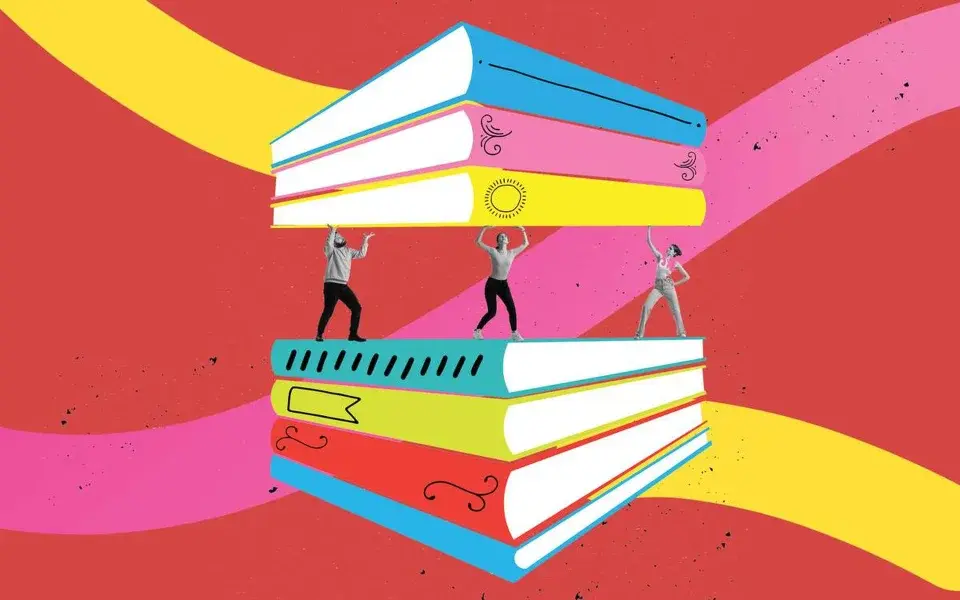Have you recently gone to a bookstore and noticed the majority of the books displayed in the front all resemble similar book cover designs? These clone-like copies are actually very purposeful and mark a new age of book cover designs.
As much as we hate to admit it, judging a book by its cover has become a necessity. Whether it’s a spine wedged between others on a bookshelf, a purposefully staged book at the front of a bookstore, or a thumbnail on the Amazon website, we all do it and publishing companies and designers make sure we keep doing it.
One popular trend that’s been on the rise in 2022 and 2023 is the “color blobs” and minimal line art. For reference, look up book titles like Normal People by Sally Rooney or The Vanishing Half by Britt Bennett. These books and many more upcoming novels are following this trend of big and bold typeface, simplistic and minimalistic art, and bright colors.
One reason we can point to for this infectious trend is the age of digital media. According to an article in The Guardian, is that most people are looking at books at the size of a phone or smaller due to social media and ebooks. Social media, especially, is a beast of its own and is heavily saturated with a plethora of content that people scroll through at a constant rate. Therefore, images and posts have to be eye-catching; they have to immediately reel people in in order to surface from the ocean of content. Designers and publishers have to be competitive when making their social media posts because they want their books to sell opposed to their competitors.
So why the color blobs? In an article in The Week, Jeva Lange explains that these blobs are “alluring” as well as vague enough so the reader can make their own depictions and fill in the outlines of a face or the crude drawings of a woman. In other words, publishers are starting to realize that people don’t have time to sit and ponder what an art piece means on the cover of a book, they just want to be dazzled enough to pick it up and buy it.
However, just like any trend, it can fall victim to burnout. Looking at the “instagrammable” book covers on the Penguin Random House website, we can see just how similar these books look when paired side by side; it’s almost unfeasible to tell the books apart. Which leads us to question if publishers and book designers should follow the progression of digital media and its fads or strain to differentiate book covers? It’s a tough conundrum since book companies don’t want to be left behind when the train of digital media is traveling like bullets, but they also don’t want their books to get lost in the pile of books that are starting to meld together like actual blobs.
Some books that I think find a happy medium between the two spectrums are titles like, Song of Achilles and Circe by Madeline Miller. These books follow the same formula of bold typeface and bold, bright colors, but Miller has created her own distinguishable style with the gold overlay that pops out on each of her books as well as the continuity of the grecian style. Maybe adding subtle signs and symbols of identification can help books stage themselves without falling victim to trends and fads.

